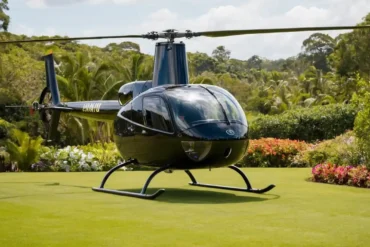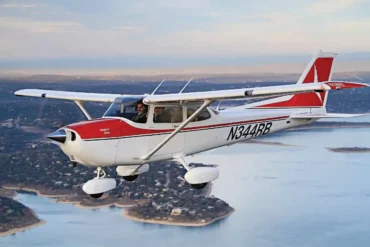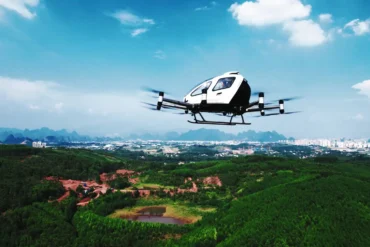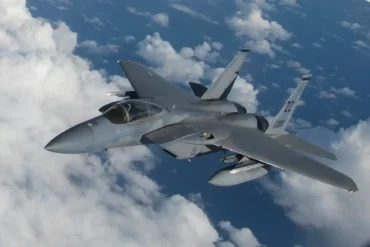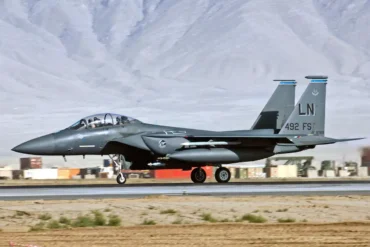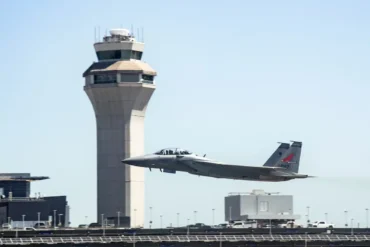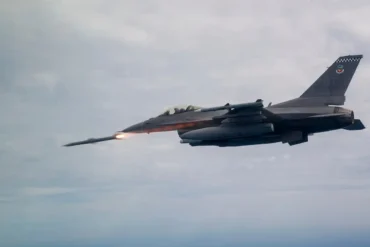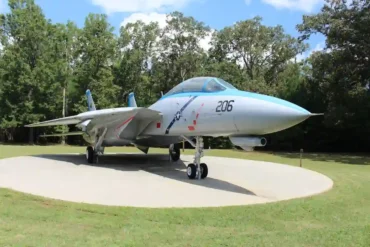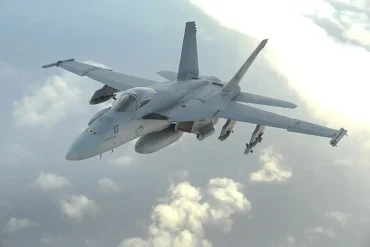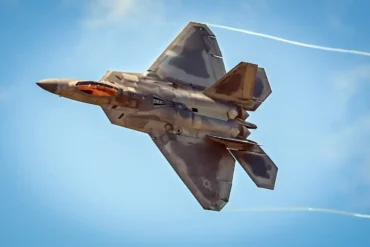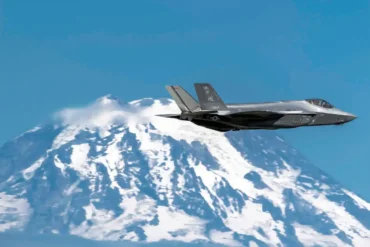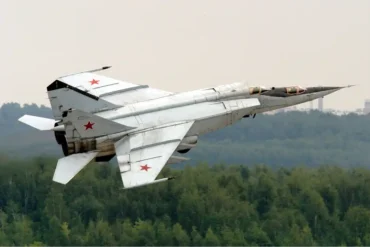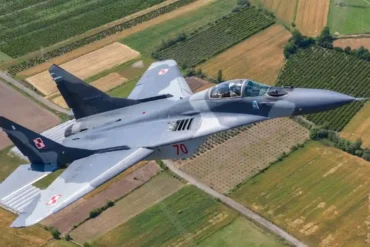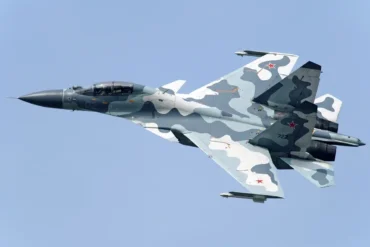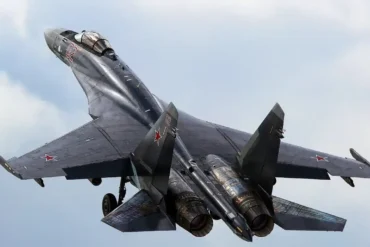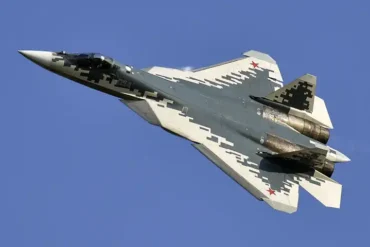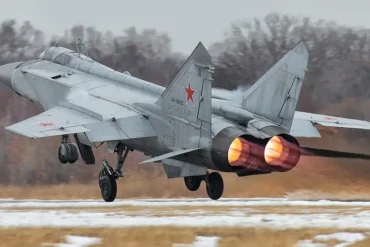The Sukhoi Su-27 Flanker is a legendary aircraft, widely recognized for its impressive performance and significant role in global air combat. Initially developed during the Soviet Union era, the Su-27 is a supersonic, twin-engine, supermaneuverable fighter that continues to be an integral part of many air forces worldwide. However, understanding the cost of the Su-27 Flanker requires an exploration of its various models, its production history, and the various factors that influence its price today.
Overview of the Su-27 Flanker
Before diving into the specifics of its cost, it is important to understand the capabilities and specifications that make the Su-27 one of the most formidable fighter jets ever built. Designed by Sukhoi, the Su-27 was intended to challenge the U.S. fourth-generation fighters such as the McDonnell Douglas F-15 Eagle and Grumman F-14 Tomcat. With a range of 3,530 kilometers (1,910 nautical miles), advanced avionics, heavy ordnance capabilities, and extraordinary maneuverability, the Su-27 is widely regarded as a critical air superiority fighter.
Key Specifications of the Su-27 Flanker
- Wingspan: 14.7 m (48 ft 3 in)
- Length: 21.9 m (71 ft 10 in)
- Height: 5.92 m (19 ft 5 in)
- Weight: 16,380 kg (36,112 lb) empty; 23,430 kg (51,654 lb) gross
- Maximum Takeoff Weight: 33,000 kg (72,753 lb)
- Fuel Capacity: 9,400 kg (20,723.5 lb)
- Maximum Speed: 2,500 km/h (1,553 mph, Mach 2.35)
- Range: 3,530 km (1,910 nmi) at altitude, 1,340 km (830 mi; 720 nmi) at sea level
- Radar: N001E, Phazotron Zhuk-MSE, Irbis-E
- Engine: 2 × Saturn AL-31F afterburning turbofan engines with a thrust of 75.22 kN (16,910 lbf) each dry
- Crew: 1
- Role: Air superiority, interception, and multirole fighter
The Different Variants of the Su-27
The Su-27 Flanker comes in several different variants, each with unique capabilities that influence their cost. These variants are designed to meet various operational needs, including air superiority, multirole missions, and advanced training. Let’s look at some of the key models and their estimated costs.
1. Su-27 (Base Model, 1980s)
The base model of the Su-27, developed in the early 1980s, serves as the foundation for all subsequent variants. This original version, which was primarily intended for air superiority, features the basic design and systems of the Su-27. It was priced between $25 million and $35 million per unit during the 1980s, but prices could vary depending on the number of units purchased and the terms of the deal.
2. Su-27S/P (Standard Interceptor, 1980s-90s)
The Su-27S/P variant, an upgraded version of the base model, saw enhanced avionics, radar systems, and weapons capabilities. The increased sophistication in its systems raised the price to an estimated $30 million to $40 million per unit. This version was widely used as an interceptor by the Soviet Air Force and later by several countries around the world.
3. Su-27UB (Two-Seat Trainer, 1990s)
The Su-27UB variant is a two-seat trainer model that allows for enhanced pilot training. The added complexity of the two-seat configuration increases the cost, which ranged from $35 million to $45 million per unit. The Su-27UB still maintained the core performance of the Su-27 while offering greater versatility for training purposes.
4. Su-30 (Multirole Upgrade, 1990s-2000s)
As the Su-30 series emerged as a multirole upgrade to the Su-27, the price began to rise significantly. The Su-30 features advanced avionics, enhanced air-to-ground capabilities, and modernized systems, making it a more versatile fighter. These upgrades pushed the cost range to between $45 million and $60 million per unit. The Su-30 has since been used extensively by the Russian and Indian Air Forces.
5. Su-35 (4.5 Gen Advanced Variant, 2010s-Present)
The Su-35, a significant leap in the Su-27 lineage, boasts 4.5-generation technology, with further upgrades in radar, avionics, and weapons systems. As one of the most advanced versions of the Su-27 family, the Su-35 is priced between $55 million and $85 million per unit, reflecting its state-of-the-art capabilities. The Su-35 is currently in service with the Russian Air Force and several other nations.
6. Su-57 (Stealth Fighter, 2020s)
The Su-57, Russia’s fifth-generation stealth fighter, is the most expensive and advanced variant in the Su-27 family. With cutting-edge stealth technology, advanced avionics, and superior maneuverability, the Su-57 is expected to cost $100 million or more per unit. The Su-57 is designed to compete with the U.S. F-22 Raptor and F-35 Lightning II, representing Russia’s future in air combat technology.
Factors Influencing the Cost of the Su-27 Flanker
Several factors contribute to the varying costs of the Su-27 Flanker across different variants. These factors range from technological advancements and operational requirements to export agreements and maintenance costs. Below are some key considerations that influence the price of the Su-27.
1. Technological Advancements
As with any military aircraft, the level of technology integrated into each version of the Su-27 significantly affects its cost. Older versions, such as the Su-27 base model and Su-27S, are priced lower because they lack the sophisticated avionics, radar, and weapons systems found in newer variants like the Su-30, Su-35, and Su-57. The incorporation of modern radar systems, advanced missiles, and digital cockpits adds considerable cost to these aircraft.
2. Export vs. Domestic Purchases
The price of the Su-27 also varies depending on whether it is sold for domestic or export purposes. Russia often offers discounted prices for allies and friendly nations, as seen with countries like China and India. For instance, the Su-27SK purchased by China in the 1990s cost approximately $32–$35 million per unit. On the other hand, Western nations or countries outside of Russia’s sphere of influence typically pay more, reflecting the cost of technical support, spare parts, and maintenance services.
3. Operational and Maintenance Costs
The initial purchase cost of the Su-27 is just one part of the equation. Over the long term, operational costs, including fuel consumption, maintenance, and upkeep, play a significant role in determining the overall cost of ownership. Older models like the Su-27 have relatively higher maintenance costs, due to outdated engines and systems. In contrast, modern variants such as the Su-30MKI and Su-35 have been equipped with more fuel-efficient engines and advanced avionics, leading to lower long-term costs.
4. Role and Usage
The role and intended usage of the Su-27 also impact its price. For example, countries that purchase the Su-30 for multirole capabilities or the Su-35 for air superiority are willing to pay more for the added functionality. Furthermore, two-seat trainers like the Su-27UB are typically priced higher than single-seat fighters due to the additional crew training capabilities.
5. Military Alliances and Strategic Relationships
The Su-27, like many advanced military aircraft, is often used as part of larger military alliances. For example, the Su-27 family is commonly employed by Russian allies such as Vietnam, Ethiopia, and Angola. These countries may receive discounted prices or military aid, making the Su-27 more affordable in certain geopolitical contexts.
Conclusion: Cost vs. Value of the Su-27 Flanker
The Sukhoi Su-27 Flanker remains a cornerstone of modern air forces around the world, and its cost reflects its technological capabilities and strategic importance. The cost of the Su-27 varies greatly depending on the specific model, its upgrades, and the country purchasing it. The base model from the 1980s can be found for as low as $25 million, while the most advanced variants like the Su-57 can exceed $100 million.
Despite the differences in price, the Su-27 family offers unmatched performance and versatility, making it a valuable asset for air forces worldwide. Whether as a cost-effective fighter for smaller nations or a cutting-edge, multirole aircraft for major military powers, the Su-27 continues to stand as a symbol of Russian aviation prowess.

